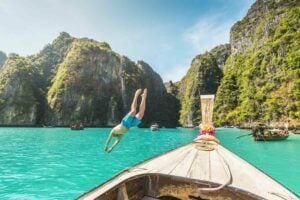Navigating the legal maze of Thailand’s vibrant street art scene
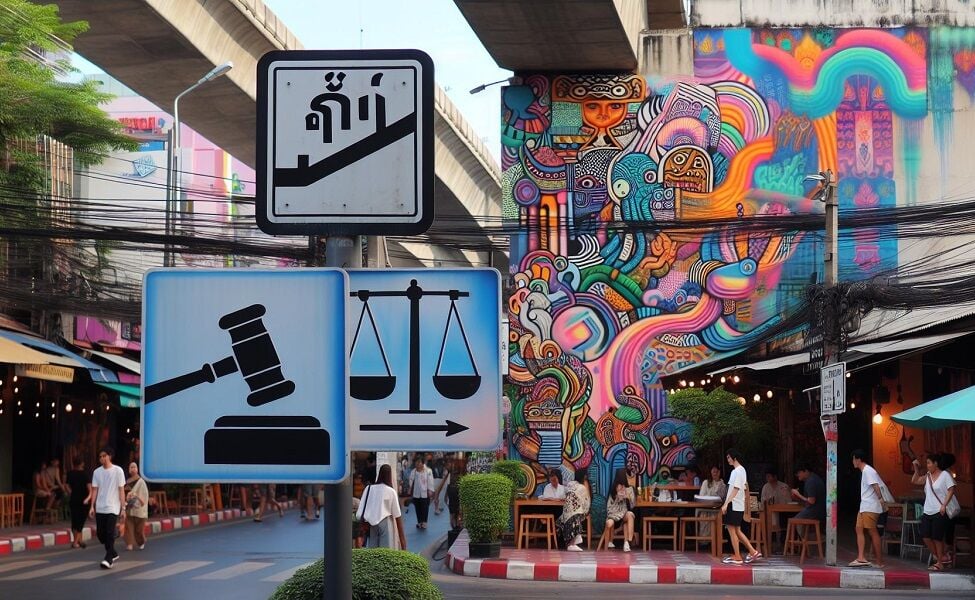
Street art in Thailand occupies a unique space where creativity meets controversy. This vibrant form of expression paints the streets with messages that often push the boundaries of legality and social norms. As artists navigate the tightrope between art and activism, the legal landscape they face is both complex and challenging.
The conversation around street art In Thailand is deeply intertwined with issues of freedom of expression and censorship. With laws that tread a fine line between protecting cultural values and suppressing dissent, street artists find themselves at the heart of a legal debate. This article delves into the legal perspectives surrounding street art in Thailand, shedding light on the challenges and opportunities that lie ahead for artists in this dynamic field.
Overview of street art in Thailand
In Thailand, street art thrives at the intersection of creativity and contention. Artists frequently test both legal and social boundaries, weaving a vibrant tapestry of public expression across cityscapes. Bangkok, in particular, has emerged as a hub for this dynamic form of artistic dialogue, with walls and alleyways becoming canvases for messages that range from the deeply personal to the sharply political.
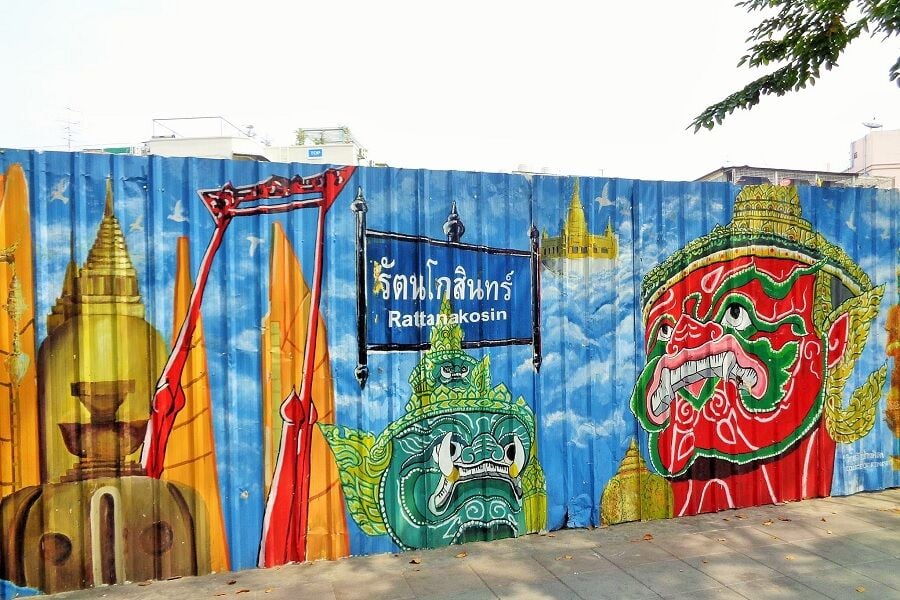
The evolving scene of street art in Thailand isn’t just about aesthetics; it’s a reflection of the country’s complex socio-political climate. Street Art Laws in Thailand tread a fine line, delicately balancing the right to freedom of expression with cultural and legal constraints. Graffiti, while often celebrated internationally as a legitimate art form, can fall into a grey area under the Thai legal system. The nuances of this system mean that artists must navigate a labyrinth of Regulations on Street Art in Bangkok and beyond, where the distinction between art and vandalism can sometimes blur.
Notably, incidents where street art intersects with legal action have sparked debates on the bounds of artistic freedom. A case in point involves two Thai journalists who faced charges related to their coverage of graffiti that voiced criticism against a pro-monarchy law. This situation highlighted the precarious position of street art under Thai law, sparking conversations on Legal Issues with Graffiti in Thailand. The controversy illuminated the razor’s edge that artists and their supporters often walk on, advocating for expression while wrestling with the potential legal repercussions.
Street art in Thailand continues to evolve, mirroring shifts in societal attitudes and legal interpretations. This transformation is not just a narrative of conflict but also one of collaboration, as communities, artists, and sometimes even authorities come together to redefine the boundaries of public expression. The landscape of Thai street art, rich with colour, controversy, and conversation, remains a testament to the undying human spirit of creativity, irrespective of the legal tightrope it may walk.
History of street art in Thailand
Traditional Thai art influence
The genesis of Thailand’s street art scene traces back to the Srivijaya empire which flourished from the 7th to the 13th century. This era’s art, known for its vigorous dynamism, has left a lasting impact on Thai culture. Artists today subtly weave elements of this historical dominance in maritime power and trade into their street masterpieces. Furthermore, the influence of the Khmer Empire, particularly in the Lopburi region from the 10th to the 14th century, introduced a grandiosity and mystique to Thai art. Intricately carved temples and statues from this period inspire the depth and complexity of current street art across Thailand.
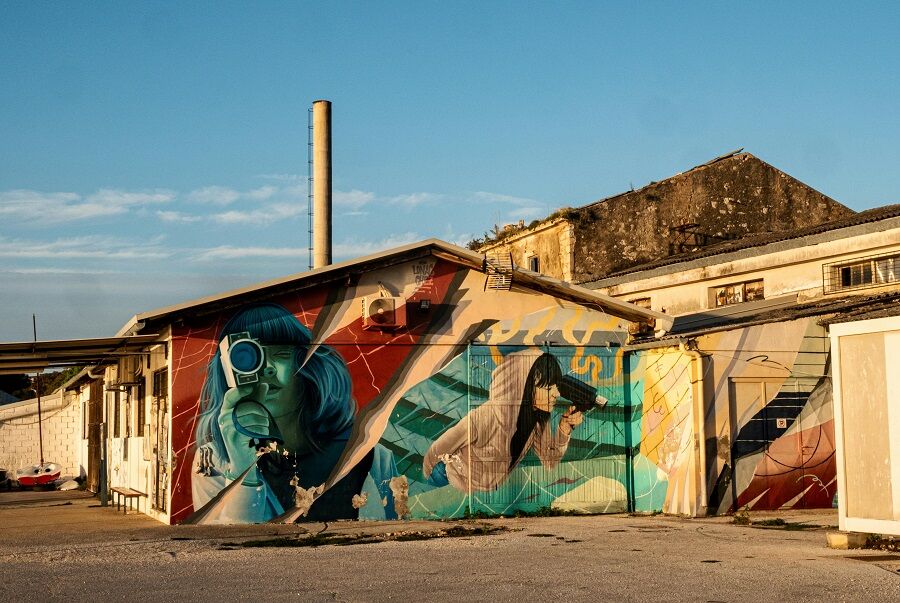
Western street art influence
Turning a new page, Rupert Mann’s “Bangkok Street Art and Graffiti” captures the evolution of Thailand’s urban art scene. The global hip-hop movement in the early days fuelled a vibrant subculture, reshaping Bangkok’s landscape into a canvas bursting with creative expression. Since the early 2000s, local artists have infused traditional Thai motifs with modern urban aesthetics, turning derelict spaces into oases of art. These artworks often tackle pressing social issues, from environmental concerns to human rights, embodying a voice for the voiceless. Despite hurdles like vandalism and the temporary nature of their canvas, street artists in Bangkok continue to push boundaries, albeit navigating through a complex web of street art laws in Thailand.
The delicate interplay between legal issues with graffiti in Thailand and the burgeoning street art scene highlights a key facet of Thailand’s cultural landscape. Regulations on street art in Bangkok aim to distinguish between artworks that enrich the urban environment and acts of vandalism that deface public properties. This ongoing dialogue between artists, communities, and authorities shapes the evolution of street art in Thailand, ensuring it remains a vibrant, thought-provoking, and, importantly, a legally compliant form of public expression.
Legal frameworks for street art in Thailand
Copyright laws
Thailand’s approach to copyright laws extends to the intricacies of street art, ensuring creators have the right to protect their work from unauthorized alterations or destruction. Notably, Thailand acknowledges the moral rights of artists, similar to provisions in other Southeast Asian countries. This legal safeguard allows street artists to maintain the integrity of their creations and oppose any distorting actions that could tarnish their reputations.
Public property regulations
When it comes to the use of public spaces for art, regulations on street art in Bangkok dictate a fine line between legal and illegal expression. Artists must navigate through a maze of public property laws, designed to maintain the city’s aesthetic and safety standards. In practice, this means obtaining permission is a critical step for street artists, ensuring their work does not encroach upon public regulations or lead to legal repercussions.
Enforcement and penalties
The enforcement of street art laws in Thailand and, more specifically, in Bangkok, showcases a delicate balance between artistic freedom and legal boundaries. Authorities actively monitor urban spaces for unauthorized graffiti, with stringent penalties in place for transgressors. These can range from fines to legal actions, primarily when artworks infringe on private property without consent or violate public decency standards. The emphasis lies on respecting both the city’s public image and the rights of property owners, making compliance with regulations a cornerstone of legally compliant street art practices.
Two Thai journalists, Nutthaphol Meksobhon of Prachatai and freelance photographer Natthapon Phanphongsanon, were arrested for reporting on vandalism at Bangkok’s Temple of the Emerald Buddha, criticizing a pro-monarchy law. Charged with collaborating in vandalizing a historical site, they faced up to seven years in prison and a 700,000 baht fine. Their arrest, nearly a year after the incident, raised media freedom concerns. They were released on bail, amidst criticism from rights groups and the Thai Journalists Association, highlighting the case as a media freedom violation.
Public perception and reception
The diverse landscape of street art in Thailand mirrors the complexity of its legal framework, where street art laws in Thailand, legal issues with graffiti, and regulations on street art in Bangkok blend into the vibrant hues of the public’s perception. In bustling Bangkok, street art elicits varied reactions, from admiration to concern, framing an ongoing dialogue about creativity and compliance.
Bangkok residents and visitors often encounter street art in unexpected corners, transforming mundane urban spaces into canvases that tell stories. This urban artwork brightens slightly worn-out streets, offering a contrast between the old and the new that captivates many. Notably, art pieces against a backdrop of faded walls create a striking visual juxtaposition, deeply appreciated by the community and tourists alike.
Conversations around street art encompass more than aesthetic appreciation; they also venture into discussions about legality and artistic freedom. While some view street art as an enhancement to the urban aesthetic, others concern themselves with legal issues tied to graffiti in Thailand. The public’s reception swings between viewing street art as a cultural enrichment and viewing it as a potential legal violation.
The intricate balance of opinions reflects broader debates on regulations on street art in Bangkok. While the city welcomes creativity, the necessity for artists to navigate legal boundaries introduces a layer of complexity to the public’s reception. Passersby engaging with street art might find themselves pondering not just the artistry but also the legal implications of such expressions.
Despite the legal nuances, the allure of street art in Bangkok persists, with spontaneous galleries emerging in alleys and along canal banks. These pieces, often created in the heat of the moment, invite curious looks from both residents and tourists, bridging the gap between traditional Thai culture and contemporary expressions. This dynamic interaction illuminates the multifaceted reception of street art, nestled within both admiration and legal cautiousness, shaping the evolving narrative of Thailand’s urban art scene.
Impact of street art on Thai society
In Thailand, street art embodies more than just vibrant visuals on urban landscapes. It’s a medium through which societal change can ripple, especially when acclaimed artists like Alex Face and Rukkit wield their spray cans. Their creations don’t merely decorate walls; they spotlight injustices, reaching audiences far and wide. With a following that spans beyond Thai borders, even artists like Pairoj Pichetmetakul in the US contribute to this wave of awareness. This persistent artistic endeavour ensures the message of change remains vibrant and heard.
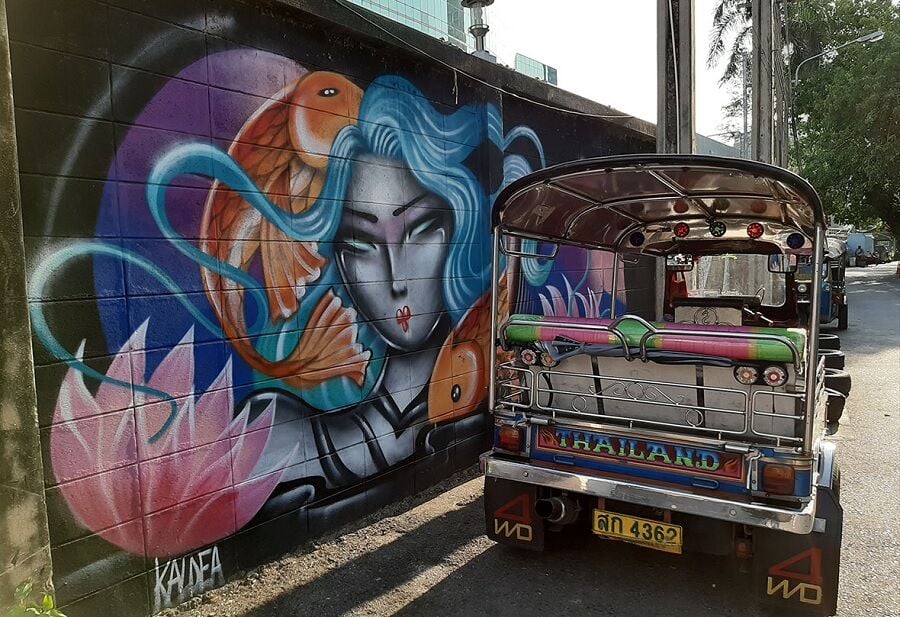
For individuals such as Myrtille Tibayrenc, the transformation is palpable. In a country where free speech faces constraints, street art emerges as a vital channel for dialogue. “Contemporary artists are very active in shaking the system and asking questions,” she notes, underlining the role of public art in critiquing societal issues. This movement, originating seemingly by accident by artists like Headache Stencil, has evolved into a significant force, challenging and questioning the status quo.
The landscape of street art in Thailand, however, navigates a complex terrain of legalities. Street art laws in Thailand, along with regulations on street art in Bangkok, shape the canvas on which artists can express themselves. The legal issues with graffiti in Thailand highlight a delicate balance between artistic freedom and legal constraints. For instance, a young graffiti artist faced severe penalties under the Protection of Historic Sites Act, showcasing the potential legal repercussions of street art.
Despite these challenges, street art continues to flourish in Thai society. It’s a testament to the resilience of artists and their ability to adapt to and navigate the legal landscape. Their work does more than transform blank walls into thought-provoking scenes; it fosters a dialogue on creativity, freedom, and art’s societal impact. Through their lenses, street art transcends mere aesthetics, becoming a powerful conduit for change and discourse in Thailand’s ever-evolving societal fabric.
As the narrative of street art in Thailand unfolds, iconic pieces and their stories become emblematic of this vibrant culture. Each mural and tag carries a tale, blending personal, political, and social commentary into the urban fabric. These stories, woven into the walls, not only embellish the city but also challenge, question, and inspire, making street art an indispensable thread in the tapestry of Thai society.
























